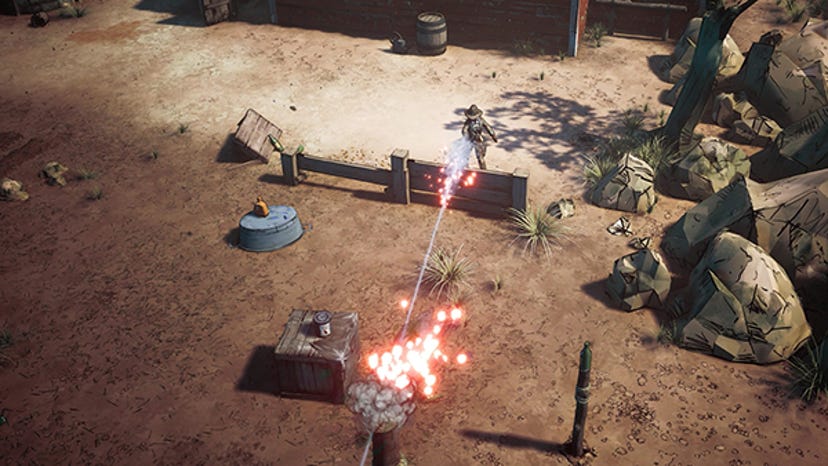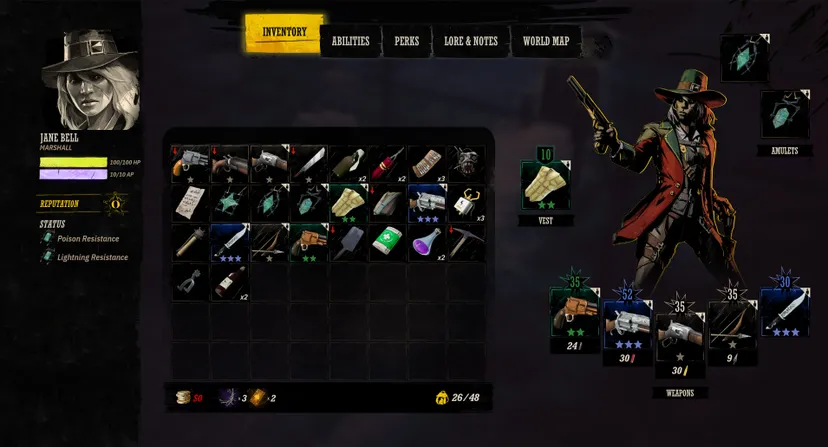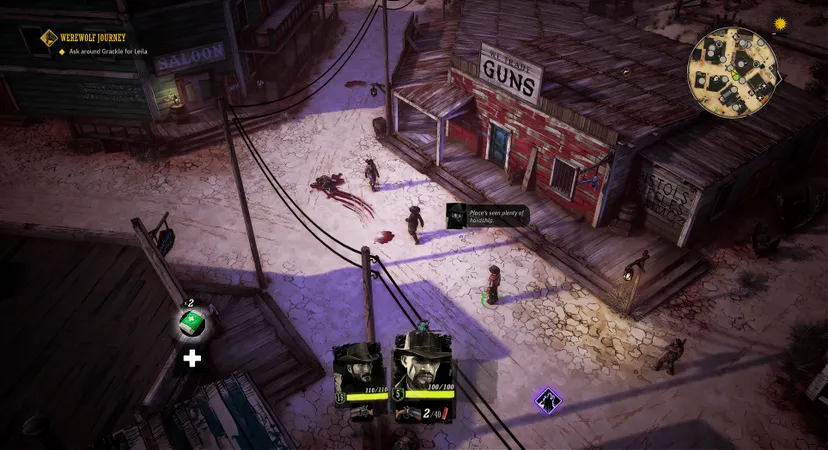More elegant solutions
In
Weird West, Wolfeye Games wanted it to be possible for players to kill every NPC. So how do players get to the game's climax if everyone who could point them there is dead?
Well you could start by giving players reasons to
not murder everyone they come across. Loredo called these "soft influences." If enough work is put into an NPC to make them memorable, that can shift what percentage of your players will commit to killing them.
Designers might do this by giving them funny dialogue, using a funny speech affect (
HK-47, of Knights of the Old Republic, uses descriptive adjectives to this effect). The NPC might regularly dispense rewards for the player, or information that leads to secrets. If players value the character for abstract reasons—they have incentive to keep them alive.
Next, designers can consider multiple solutions to quest objectives. If a player shoots the sheriff, but needed their help to enter an area, designers can leave in-world solutions that persist after the sheriff's death. Maybe the sheriff left a journal containing the needed information. Maybe another NPC likes that you killed the sheriff and offers to help.
"The key here is that each option is narratively rich," Loredo explained. "When the player breaks [the objective] and sees they can continue, it creates a feeling of there being more solutions than we've actually designed."
Some of these options should be labeled as "failsafes." They need to be indestructible tools from the "easy" solutions that can't break no matter how hard the player tries. That way the player can feel agency over the world without bringing it to a grinding halt.
Nightmare Mode
Loredo took a deep breath before continuing here. These solutions are based on the notion of building non-linear quests that can be completed with solutions that the player isn't explicitly directed to. Some players will follow every instruction they're given, others will be rewarded for taking shortcuts or brute-forcing other solutions.
If you don't want a player to use these solutions on certain locations or NPCs, you can use the cheaper solutions to wall them off. But Loredo encouraged developers to create narrative justifications for these moments. If a notable boss can't die until the player has done X task, you can fill their hideout with notes explaining why they aren't present, for instance.
The more involved solution involves "diligently documenting"
every case of what the player can do, and what state the world can be when they arrive to an area.
Wolfeye Studios maintains a robust tag system to support these possibilities. Let's return to the aforementioned sheriff. If the player needs the sheriff's help to kill bandits, and the player arrives to this point in the story, what is the current state of the sheriff? Did they die? How did they die? Who reacts to their death?
From there, you can create alternate dialogue or game states that respond to that data. NPCs can reference how the sheriff died. The bandits can take different actions depending on if the sheriff is alive or dead. "This is
really hard," Loredo admitted, and said that he and his colleagues spent ages "banging their heads against the wall" to make these states possible.
But Loredo said these efforts are worth it because when it works, players feel "really smart." "We have as much storytelling material for if the sheriff dies as if he lives," he explained.
It's one hell of a task, but when developers do it right, "something magical happens that only happens in games," he said. He called it "the feeling of co-authorship" between players and developers.
Loredo ended his talk with a call for the audience to make use of these tools in their own games "There is a magic when you invite players to co-author with you," he said with a smile.
It's not quite the same magic that lets players summon fire tornadoes, but it's a special magic nevertheless.








![Glory to Codexia! [2012] Codex 2012](/forums/smiles/campaign_tags/campaign_slushfund2012.png)



















![The Year of Incline [2014] Codex 2014](/forums/smiles/campaign_tags/campaign_incline2014.png)

















